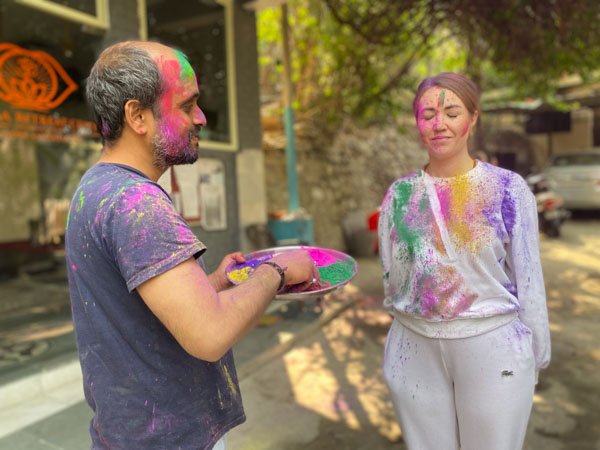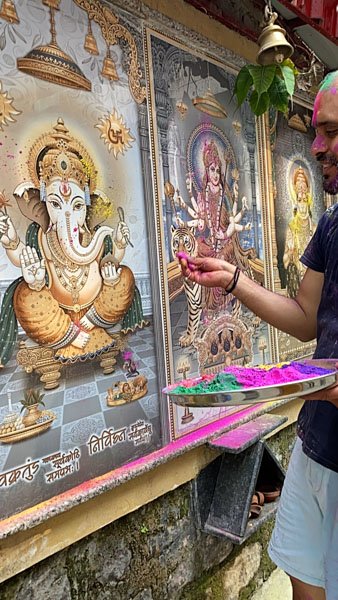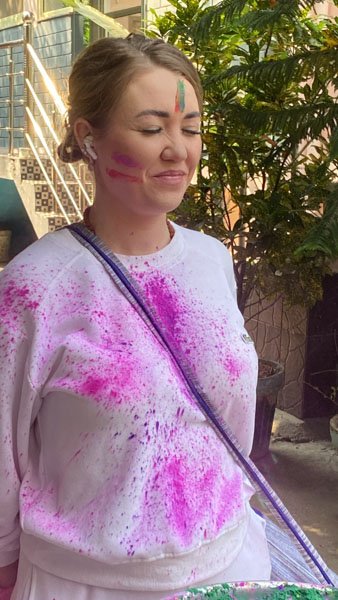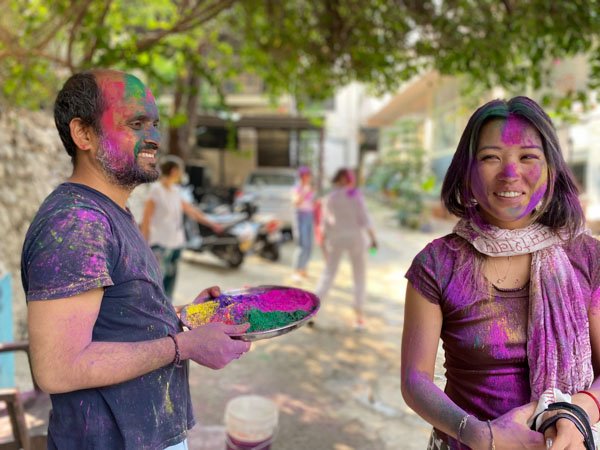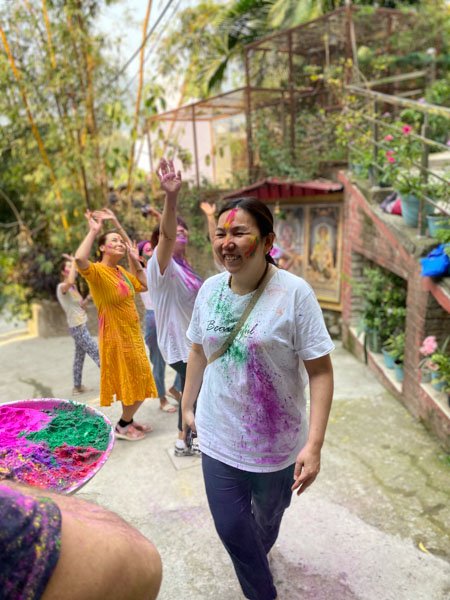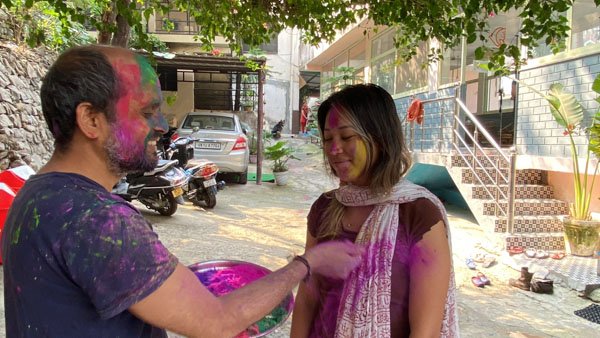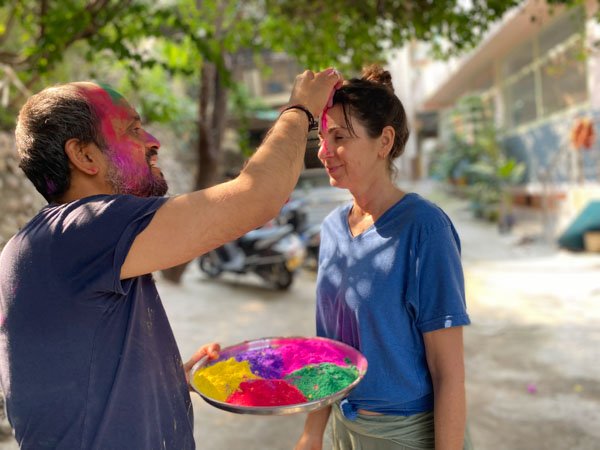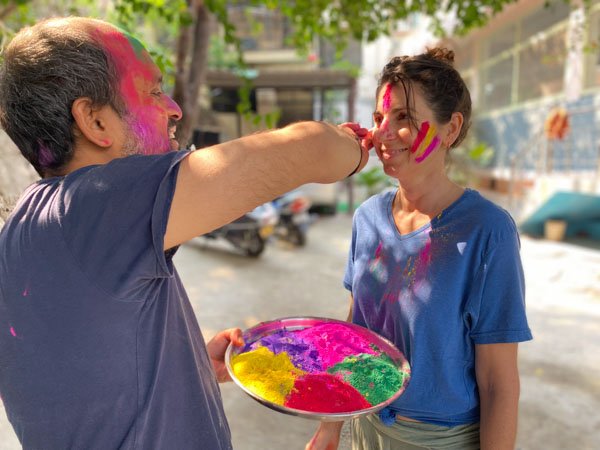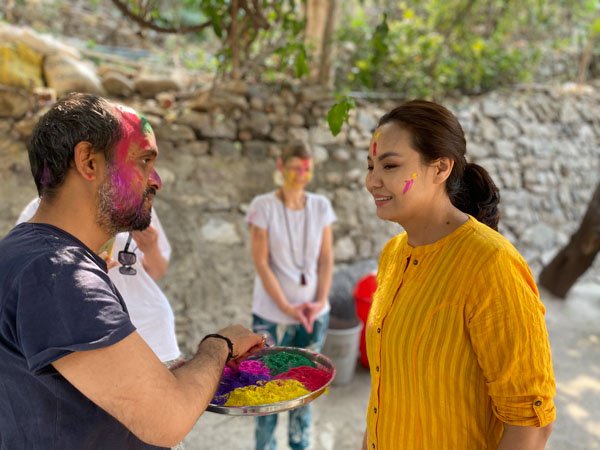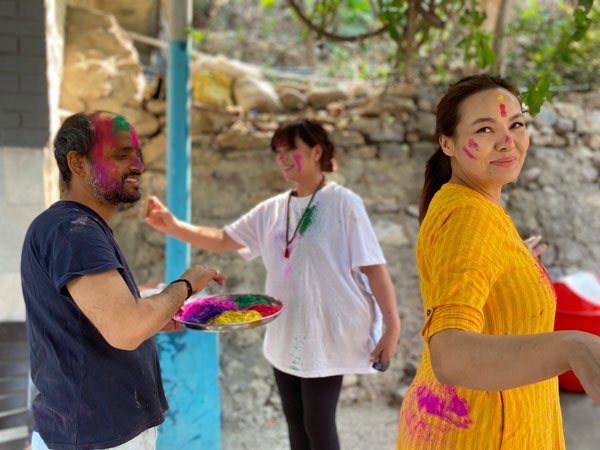Indian festivals are an opportunity to heal, refresh and develop an awareness of your inner divinity. Festivals are a celebration of life, which has two dimensions – outer and inner. People are often so caught up in their external life that they forget their connection with their inner life. Even if they regularly practice yoga, their focus is distracted due to the stresses of external life.
The ancient rishis, sages, yogis and masters, have given us these celebrations with very auspicious timings. They are astrologically planned for a time when the planets are aligned so that the highest forms of energy descend on you. Celebrating outer life during these times offers a greater opportunity for healing because you can more easily connect within. These festivals are very powerful moments for developing higher concentration towards your spiritual practices.
Holi is the festival that awakens the inner colour of your life’s higher fragrances and marks the beginning of the Spring season. This festival is a possibility to heal and repair your channel of love and affection towards others so that you can forgive them (and yourself), forget and move on. The offering of colour to each other is a gesture that gifts this same colour to the Source of life residing within you. This year at the time of Holi, we had visitors from many parts of the world celebrating with us: Kyrgyzstan, Germany, Netherlands, Switzerland, Israel, Australia, Ukraine and Poland.
On the eve of Holi, Indians celebrate with fire, which represents the burning and removal of darkness within humans. It commemorates a legend in which Holika tried to murder her nephew, Prahlad, using a boon from the Gods that made her safe from fire. Holika sat on a large bonfire with Prahlad on her lap, but Prahlad’s faith protected him from the fire while Holika herself was burned to death. As part of the celebrations, bonfires are burned in many public places to symbolise the burning of Holika.
The legend itself is the demonstration of power between light and dark – it doesn’t matter how deep your darkness is, or how low your energy, emotions or state of mind; if you constantly connect your mind and awareness to the Supreme Self, that power can transcend the darkness within you. As that inner darkness is dissolved, you are able to experience the higher dimensions of your inner life.
On the day of Holi itself, Indians celebrate with flowers, water and colour. This tradition started from the time of Radha and Krishna, who used to play together in Vrindavan. At that time, these items were used as elements of unity because they help to channel one’s expression of love and energy. In a deeper sense, it is about integrating the solar and lunar forces within you, also known as Shiva/Shakti or Radha/Krishna One-ness. At a rational level, these ideas may appear to be different, but they have one purpose: to strengthen your eternal nature – peace and bliss.
Celebrations of this type have been ongoing in India for thousands of years. Each year the dates are determined by the alignment of the planets. The specific alignments offer the optimal energy for devotees to elevate their spiritual practices. The vibrations in the air there are stronger and help the mind to be more focused on one’s day-to-day sadhana, which is the living reality of those who practise genuinely. It promotes the feeling of giving and sharing, which is one reason that people gather at these times. It creates an intensity of energy that expands and preserves people’s faith in their inner consciousness. Even if you don’t know any practices, then whatever ritual you perform in your outer life should be offered first to the Lord.
In modern times many people forget the inner significance of the festival of Holi. The purpose of celebrating in the outer dimension is purely so that you can connect within. As a practitioner, you should celebrate and remember that the One who resides within you is the very first to whom you should offer the blessing of this festival, to bow down to the Source within you. At the Vedic Yoga Centre, we celebrated Holi by gathering together to perform a healing fire ceremony (havan) and offered different gestures of worship, such as the exchange of colours.


